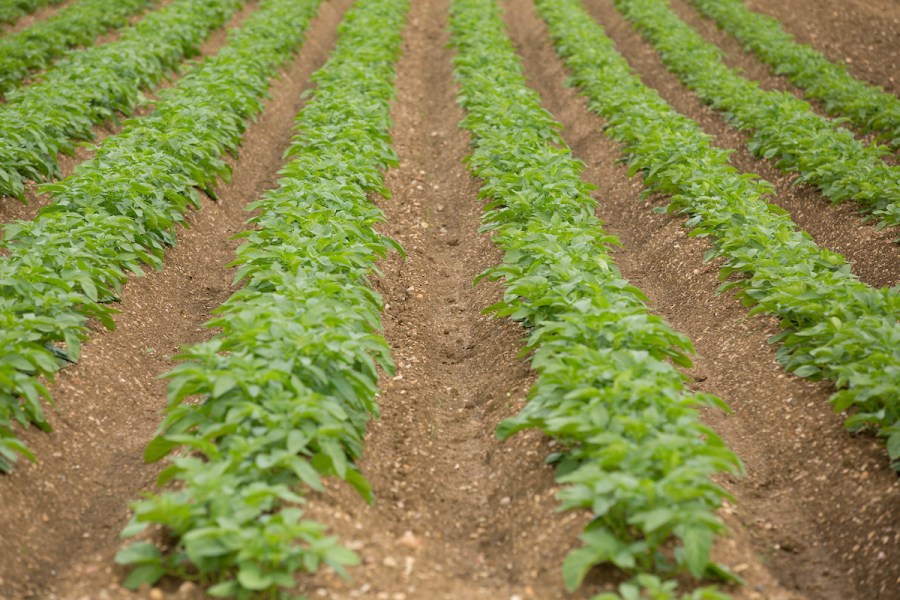With potato planting well underway, and even nearing completion for some, focus for many growers is now on protecting crops from the effects of potato late blight (Phytophthora infestans).
The disease itself can be carried from season-to-season and transmitted via infected seed or volunteer potatoes. Late blight lesions grow rapidly on infected leaves and, when conditions are right, will sporulate infecting other leaves and reducing yield. If left uncontrolled tubers can become infected leading to quality reduction and losses in storage.
While it has been on the market for some time, James Cheesman – potato and vegetable technical account manager at Belchim Crop Protection – says using Ranman Top (cyazofamid) is one of the most effective ways to mitigate risk this season. “The long and short of it is that growers just cannot afford to have blight in their crops, full stop. Therefore, it’s important to use a robust fungicide, like Ranman Top to protect both quality and potential.
“It is a flexible, reliable product, with no known resistances, which we believe should be the number one product of choice in periods of unsettled weather.”
Ranman Top can help to protect new growth, as well as provide control of zoospores which cause tuber blight, and has been shown to provide foliar blight protection up toseven days at the rapid canopy stage of haulm growth. “For best results, Ranman Top should be applied at a maximum dose rate of 0.5l/ha, with a harvest interval of seven days.
“It’s worth pointing out that Ranman Top is a protectant fungicide with no curative activity, therefore, in high pressure situations, it’s always recommended to mix with a ‘kickback’ product such as cymoxanil,” explains James.
“What’s more, with the increase of EU_36_A2 and EU_37_A2 blight strains in the blight population – which cycle faster and under a greater temperature range – this is another reason why adding a curative component is important.”
To find out more about Belchim’s portfolio of products, visit: www.belchim.co.uk




